Nichimo 1/48 B5N2 Kate
The B5N "Kate" was designed by a team led by Katsuji Nakamura in response to a 1935 specification by the Navy for a torpedo bomber to replace the Yokosuka B4Y. The first prototype flew in January 1937 and was ordered into production soon afterwards with the full designation “Type 97 Carrier Attack Bomber”.
Carrying a crew of three (pilot, navigator/bombardier/observer, and radio-operator/gunner), it was primarily employed as a carrier-based aircraft and occasionally as a land-based bomber.Like with other IJN multi-seat aircraft, each individual bomber was commanded by the senior ranking crew member aboard, which could be the observer rather than the pilot.
The navigator/bombardier/observer position was equipped with a Type 90 bomb-sight and a Type 3 reflector compass for precise navigation. The radio-operator/gunner also operated one flexible 7.7 mm (.303 in) Type 92 machine gun at the rear end of the cockpit.
One Type 91 torpedo could be mounted on the racks that were fixed eccentrically to the right at the bottom of the fuselage. Alternative racks could be used to carry either one 800 kg bomb or two 250 kg bombs or six 60 kg bombs. Replacing those racks and exchanging between the torpedo and bombs configuration was not a trivial process and could take more than two hours to complete.
The lack of adequate protection for both the crew and the fuel tanks soon became evident during the Second Sino-Japanese War, where the type was first put to combat.
Nevertheless, in the early part of the Pacific War, the updated B5N2, flown by well-trained IJN aircrews and as part of well-coordinated attacks, achieved particular successes at the battles of Pearl Harbor, Coral Sea, Midway, and Santa Cruz Islands.
In the torpedo bomber role, the type normally performed coordinated attacks on enemy carriers with Aichi D3A dive bombers. Ideally, dive bombers would help to suppress the ship's anti-aircraft fire, which improved the chances of success for the slow-flying torpedo bombers.
The B5N served as the basis for the B6N Tenzan follow-on design, which eventually replaced it in front-line service. The B5N continued to fly in secondary roles, such as training, target towing, and anti-submarine warfare.
The second planned wave during the Pearl Harbor Attack consisted of 171 planes: 54 B5Ns, 81 D3As, and 36 A6Ms,. They were divided in three groups and commanded by Lieutenant-Commander Shigekazu Shimazaki. Four planes failed to launch because of technical difficulties.
A nevertheless capable aircraft compared to its Allied counterparts when introduced, this important plane was nearing obsolescence by 1941.
This is the elderly but still very nice Nichimo kit, that was built within our friend's @lis Pacific Theater GB. Should you wish to read the full build review, you might do so by visiting my beloved site Modelingmadness:
https://modelingmadness.com/review/axis/j/jnaf/bomber/penb5n.htm
Happy Modelling!




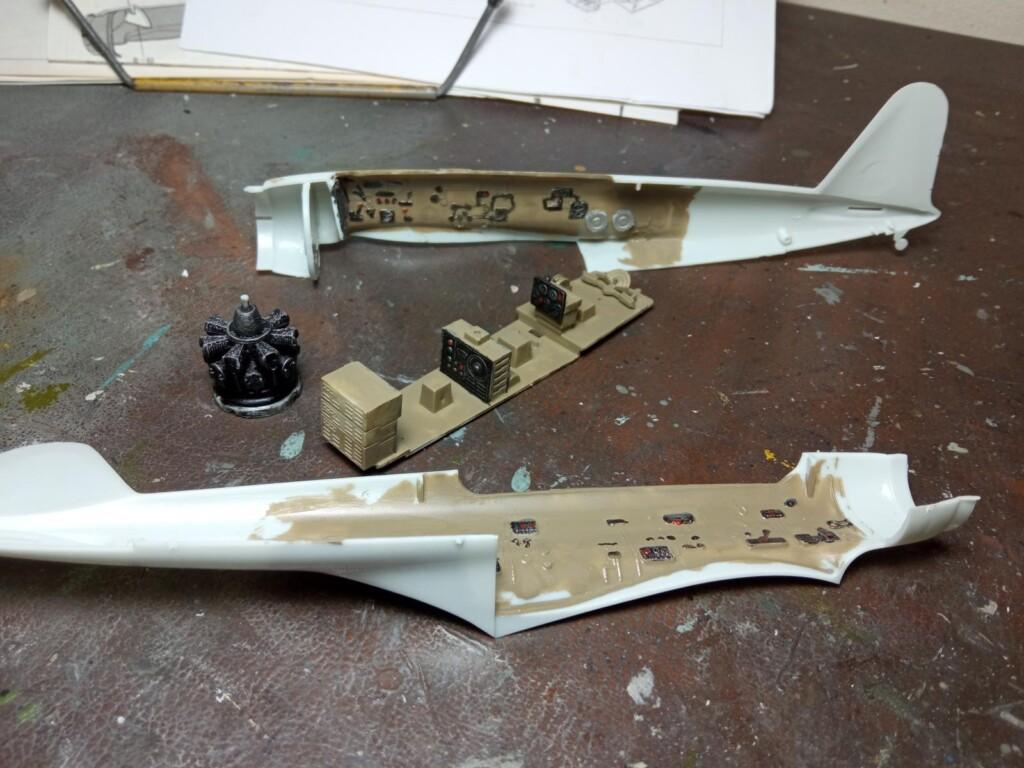


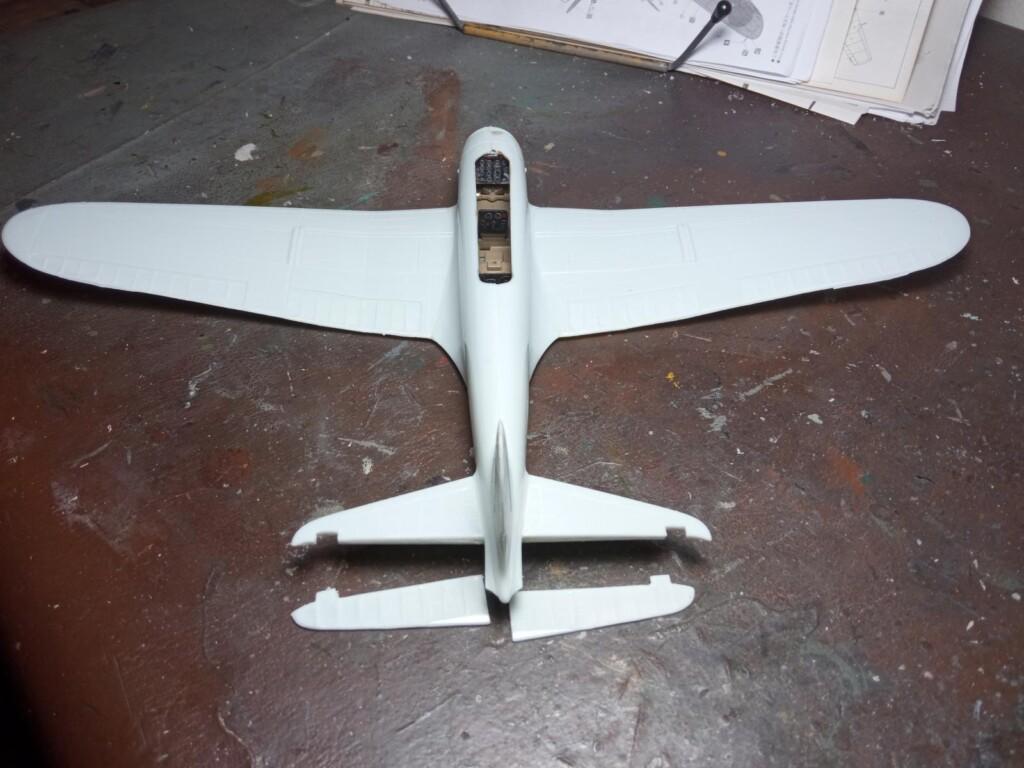

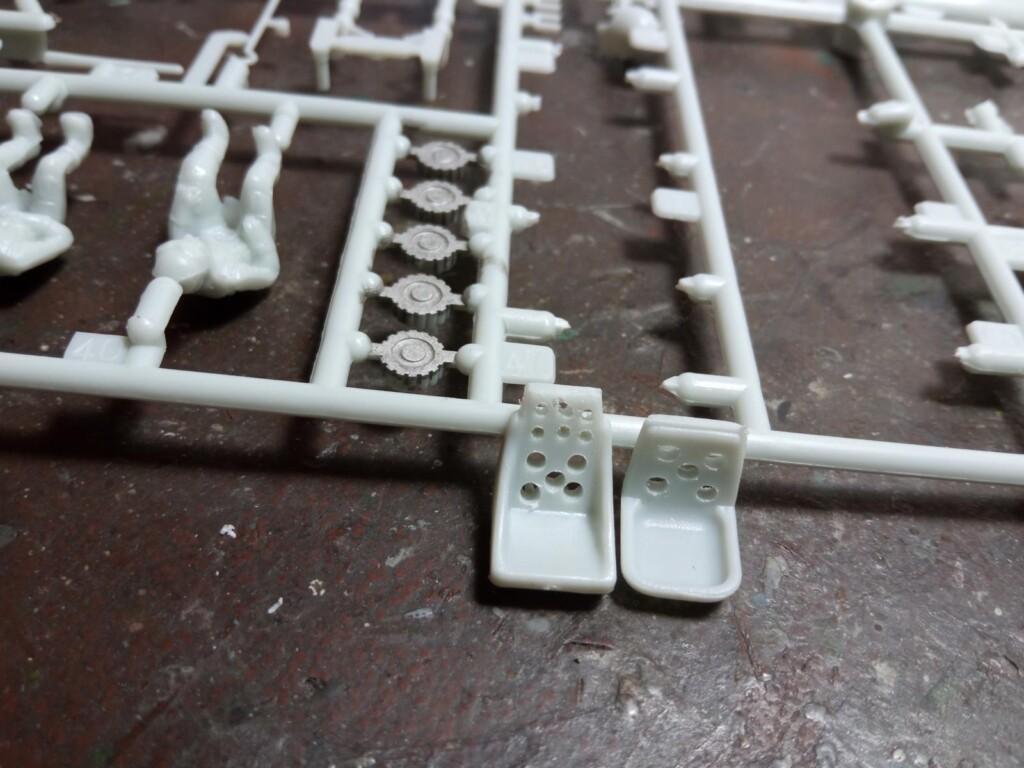
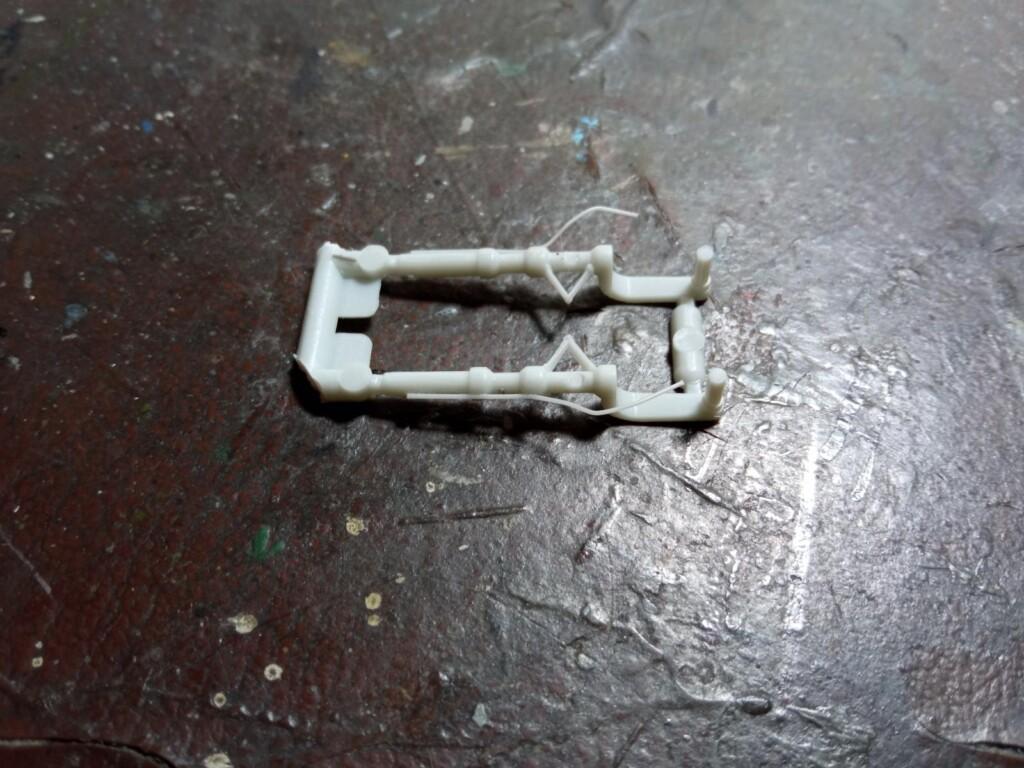





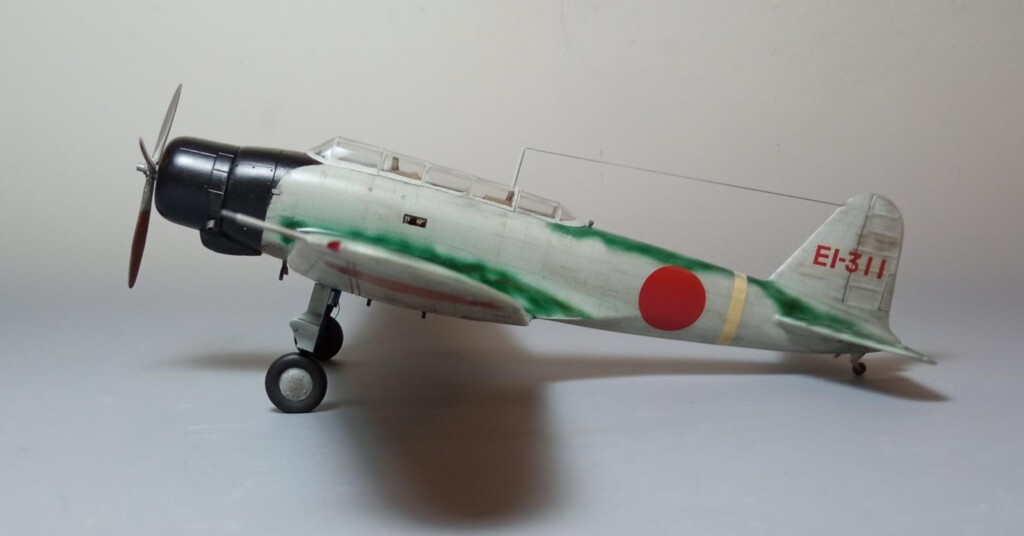
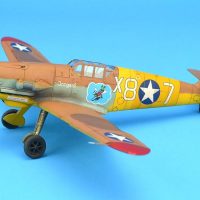
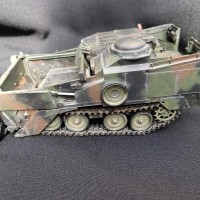


You're an inspiration Spiros. Great job as ever.
Thanks my friend @frank1957!
Nicely accomplished, Spiros.
Thanks my friend @gwskat!
You guys all know your subject stuff. Excellent modelling and dialog Spiros. 😊
Thanks my friend @thom!
Great job Spiros and explanation too !
Thanks my friend @tarantinopaolo!
Great history, Spiros, a lot of information there, and your model looks great.
Thanks my friend @chinesegeorge!
Very nice work and great research - did you have to scratch any of the interior?
Thanks my friend @christopher! Just added only seat belts, if memory serves; the interior was quite comprehensive.
Jasou Spiros @fiveten, a very beautiful build, i like the delicate green camo scheme a lot! Currently struggling with my Airfix Kate, so yours is definitely an inspiration!
Thanks my friend @fxrob! Loking forward to yours!
Great looking Kate - that is a scheme I may need to apply on one of the Kate's in my stash - pretty cool!
Thanks my friend @gkittinger! Looking forward to yours!
@fiveten - Great write-up and really great build Spiros! Your airbrush camo pattern is very well done.
Thanks my friend @brithebuilder!
Great upscale build on this old beast Spiros! The added details and fine paint finish paid off.
Thanks my friend @dtravis!
Brilliant work on this Spiros, great airbrush work ,way better than I could manage
Thanks my friend @neil-foster! I believe you can do way better than me!
Another nice one for the display case, Spiros @fiveten. Appreciate the history of the Kate. Just how old is this Nichimo kit?
Thanks my friend @eb801! This is the 80's reissue of the 1972 mold.
An amazing result on this Kate, Spiros @fiveten
Especially the field applied camouflage looks wonderful.
The supporting article is a pleasure to read.
Thanks my friend @johnb!
Nice build of an old kit. The Nichimo Kate was one of my first builds many moons ago.
Thanks my friend @chasbunch!
Well done, Spiros! I decided to keep the one in my stash based upon your build. It almost didn’t make the cut til I saw how good yours is.
Thanks my friend @j-healy!
Nice work on this one Spiros. Nichimo still hold up.
Thanks my friend @roofrat! It is unbelievable that this is a 1972 mold!
Neat subject & kit choice, Spiros!
Thanks my friend @eydugstr!
Great job on this old Nichimo kit. It looks great and excellent read!
Thanks so much, my friend @v1pro!
Really good work on this @fiveten.
Thanks a lot, my friend @tcinla!
Great looking Kate, Spiros (@fiveten). The Nichimo kit still makes up into a good-looking model. Well done. I have a 1/48 Hasegawa B5N2 that I am thinking about doing after I am through being grounded.
Thanks my friend @gblair! Looking forward to yours!
Happy recovery!
Looks good Spiros. I wouldn't have been brave enough to try to free hand that paint scheme! The Kate has such a broad wing, similar to the Devastator, presumably to handle the heavy load of the torpedo...
Thanks my friend @robgenev665! You would have achieved excellent freehand results for sure! I agree with you on the Kate wing!
That's a great finish Spiros!
Well done mate!
Thanks my friend @kevinrowbotham!
Another piece of the veil lifted with this model !
Thanks my friend @bernardbedeur!
Very nice paiting! I love it!
Thanks my friend @lis!
Great job Spiros! What color did you use for the wheel well?
Thanks my friend @greenterrorz!
I made my home made Aotake blend for the wheel wells, which was Humbrol 52 Metallic Blue with a droplet of Humbrol Clear Yellow.
Thank you for sharing @fiveten!